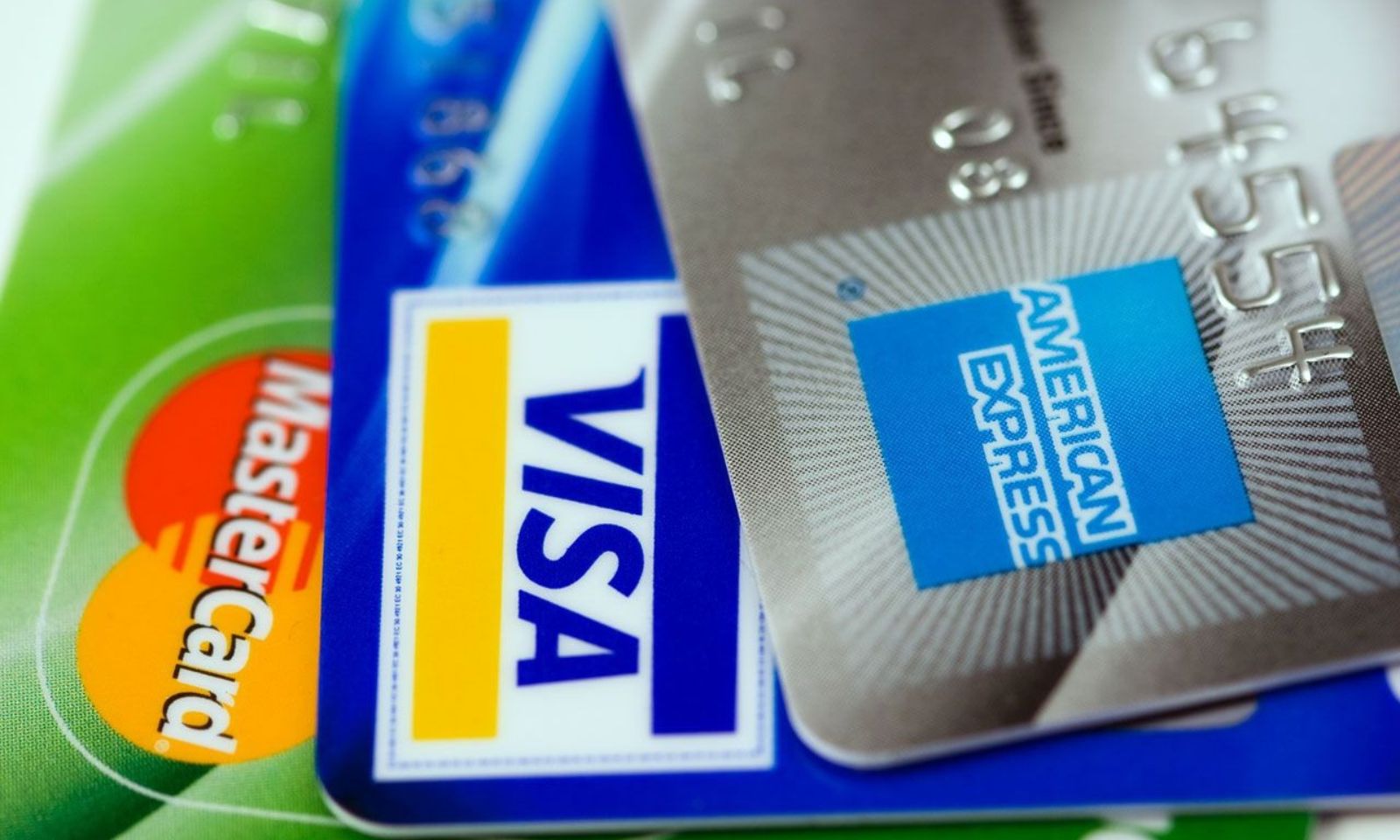Research & Opinion
Card Swiping Secrets Unveiled: How VISA, Mastercard, and Amex Make Money Moves

Credit cards have become an integral part of our lives, simplifying the way we conduct transactions. Behind the scenes, major players like VISA, Mastercard, and American Express act as facilitators, ensuring smooth payments between buyers and sellers. Let’s delve into the intricate dance of transactions and funds that takes place every time we swipe a credit card at a merchant’s shop.
The Card Networks: Simplifying Transactions
When we make a purchase using a credit card, the process involves multiple steps, ensuring that funds move seamlessly from the buyer’s account to the seller’s. The key players in this process are the card networks – VISA, Mastercard, and American Express.
Authorization Flow
- Card Issuance (Step 0): A card issuing bank provides credit cards to its customers.
- Customer Initiation (Step 1): The cardholder initiates a purchase by swiping the credit card at the Point of Sale (POS) terminal in the merchant’s shop.
- Transaction Processing (Steps 2-4):
- The POS terminal forwards the transaction to the acquiring bank, the institution that provided the terminal.
- The acquiring bank sends the transaction to the card network, which further relays it to the issuing bank for approval.
- The issuing bank verifies the transaction and either approves or rejects it, freezing the funds accordingly.
ALSO READ: Beware of DogeRAT: India’s Android Users at Risk from Sneaky Malware!
Capture and Settlement Flow
- Merchant’s Transaction Compilation (Steps 1-2):
- At the end of the day, the merchant compiles all transactions and initiates the ‘capture’ process on the POS terminal.
- The transactions are then sent to the acquiring bank in a batch.
- Network Processing (Step 3):
- The acquiring bank forwards the batch file to the card network, which performs clearing for the transactions collected from various acquirers.
- The clearing files are then sent to different issuing banks for confirmation.
- Funds Transfer (Steps 4-5):
- Issuing banks validate the clearing files and transfer money to the relevant acquiring banks.
- Acquiring banks subsequently transfer funds to the merchant’s bank.
- Finalizing Transactions (Step 4):
- The card network clears the transactions from different acquiring banks, reducing the total number of transactions through mutual offsetting.
- The network facilitates communication and transactions between the banks, earning service fees in return.
ALSO READ: Kerala Police Powers Up Cybersecurity: c0c0n@16 to Showcase Cutting-Edge Tech
Understanding this intricate process sheds light on how these card networks ensure a seamless payment experience for both customers and merchants. The efficiency brought in by this networked approach is a testament to the wonders of modern financial technology.
Follow The420.in on
Telegram | Facebook | Twitter | LinkedIn | Instagram | YouTube

